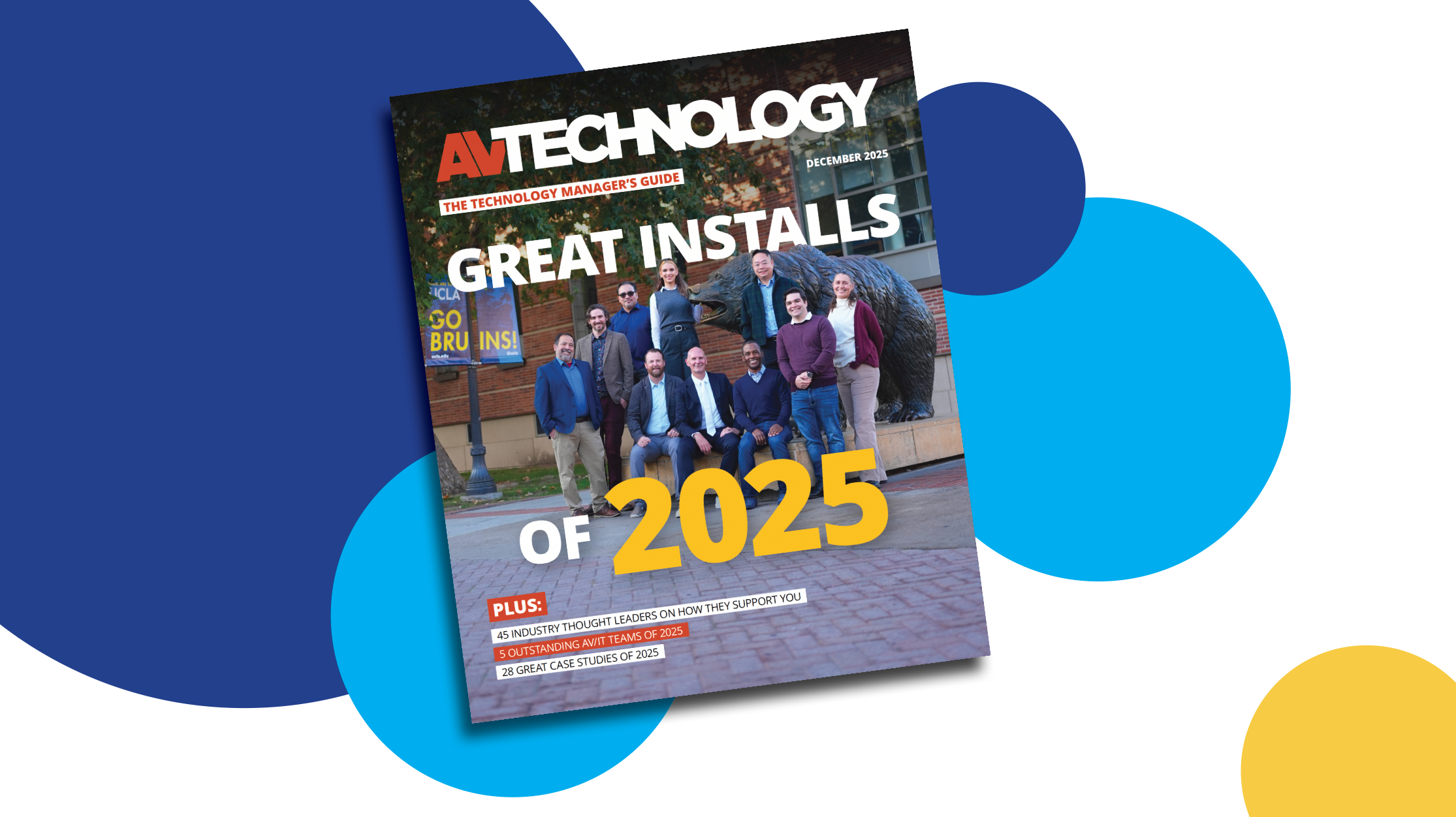The Ideal Space for AV
Another day, another microwave-sized parcel waiting in the lobby. In just a few weeks’ time, the act of receiving gifts went from a pleasant surprise to the unboxing of complications. “Where on earth will we put this one?” I wondered.
As mentioned in my last letter, I recently got married. Several months ago, in keeping with nuptial traditions, we set up a gift registry. The problem is, despite our minimal selection, the constraints of our humble East Village apartment were nonetheless quickly tested. One by one, items flew off the registry and into our home, bringing with them a tension between utility and feng shui. A shiny new KitchenAid mixer sits proudly atop the refrigerator, an electric knife sharpener is stowed away behind spices in the cabinet, and a set of sheets for our future queen-size bed bides its time under the living room sofa.
This integration of new appliances and furnishings into our living situation is not unlike a common situation with technology in a facility: New solutions come out, and enterprises are tasked with finding the optimal way to implement them into their current arrangement. It’s better than before, but it makes you wonder: What if you could design your ideal space from the ground up?
For home design, that’s a pretty straightforward task. My wife loves to cook, so we’d want a bigger kitchen, with more room for appliances—but the core “technology” within it would be roughly the same today as 30 years ago or 30 years hence: a sink, a range, a refrigerator, and a microwave (a dishwasher is just a bit too much to ask for in Manhattan apartment).
Workplace design, on the other hand, is laden with a bevy of variables. Who are the people who will work there, and how do they like to operate? As pointed out in this month's feature, “6 Trends in Workplace AV,” and echoed throughout this issue’s guide, Generation Z is coming. The post-Millennial cohort that grew up with the internet will soon be entering the workforce in tremendous numbers, and with terrific technological expectations. How do you conceive of a facility that can support the way these workers will use technologies that don’t even exist yet? Throw in unforeseen shifts in culture—tomorrow’s versions of trends like open-plan workspaces and active-learning classrooms—and the picture goes even further out of focus.
However, like the range to the kitchen, it’s all but certain that AV will continue to play a central role in these future spaces; wherever people come together to learn, collaborate, and brainstorm, there will be a need for large displays and intelligible audio. It’s just a matter of getting to know the users, understanding what they need, and striking a balance between flexibility and usability. That way, when boxes start showing up, you’ll know just where to put them.
A daily selection of features, industry news, and analysis for tech managers. Sign up below.
Matt Pruznick is the former editor of AV Technology, and senior editor for Systems Contractor News and Residential Systems. He is based in New York.

